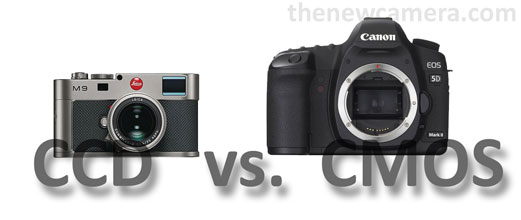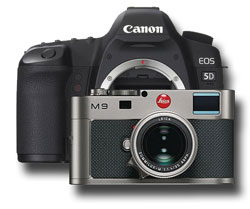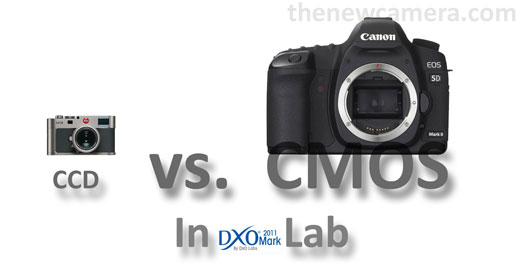 CCD vs CMOS sensor is a big issue, What wikipedia and Howstuff Work says about CCD vs CMOS Sensor, Read the summary given below
CCD vs CMOS sensor is a big issue, What wikipedia and Howstuff Work says about CCD vs CMOS Sensor, Read the summary given below
CCD sensors create high-quality image with low-noise. CMOS sensors, traditionally, are more susceptible to noise. CCD have better light sensitivity compared to CMOS, CMOS traditionally consumes less power.
The main difference in CCD and CMOS
- CCD sensors typically produce less NOISE
- CCD sensors typically are more light-sensitive;
- CMOS sensors use far less power (up to 100 times less);
- CMOS sensors cost less to produce.
Mode of Operation / Working Principle
A CCD image sensor is an analog device. In a CCD sensor, When light strikes the chip every pixel’s charge is transferred through a very limited number of output nodes (often just one) to be converted to voltage, buffered, and sent off-chip as an analog signal. All of the pixel can be devoted to light capture, and the output’s uniformity is high, as a result the overall image quality is high.
In a CMOS sensor, each pixel has its own charge-to-voltage conversion, and the sensor often also includes amplifiers, noise-correction, and digitization circuits, so that the chip outputs digital bits. These other functions increase the design complexity and reduce the area available for light capture. With each pixel doing its own conversion, uniformity is lower. But the chip can be built to require less off-chip circuitry for basic operation.
CCD vs. CMOS in DxOMark Lab
Lecia M9 is a well Known (only)fullfarme camera uses 18 Mpix CCD sensor, It is important to note that Leica is the only brand that still makes cameras with CCD sensors; all other main full-frame cameras have CMOS sensors., DxOMark lab tested the M9 ccd sensor and compared with other CMOS sensor Camera and the result was quite amazing.
Lecia M9 ccd vs Canon 5D CMOS
 The Leica M9 provides good image quality for low ISO, but its results for high ISO are weak, with dynamic range decreasing very fast. The Leica M9 achieves the lowest score among measured full-frame sensors.
The Leica M9 provides good image quality for low ISO, but its results for high ISO are weak, with dynamic range decreasing very fast. The Leica M9 achieves the lowest score among measured full-frame sensors.
Lecia M9 vs other Full-frame Sensor Camera
Lecia M9 scores the almost at the last position (just above the old Canon 1Ds) in Full-frame sensor comparison. (see full comparison at DxoMark Lab)
Conclusion: CMOS is a clear winner – There was a time when CCD was the better choice for image quality but the recent development in technology resulted a new and better CMOS sensors with better light sensitivity, image quality, less noise, low power consumption and less cost compared to a traditional CCD sensor.







